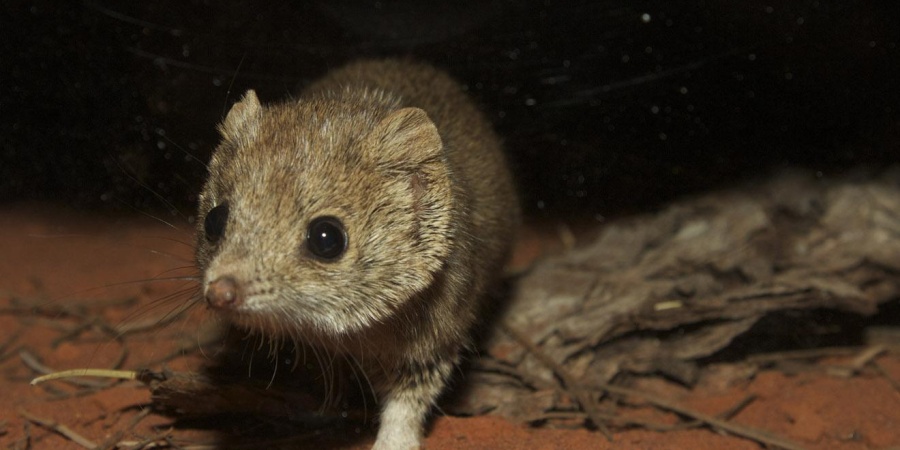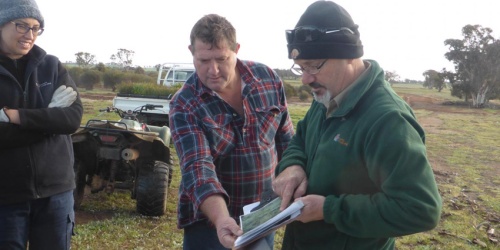
Mulgara. Photo by Judy Dunlop/DBCA
The Department of Biodiversity, Conservation and Attractions (DBCA) is improving the way we do business through:
- new rules and modern licensing
- new public and landholder consultation processes
- minimising regulation and red tape
The Biodiversity Conservation Act 2016 and Biodiversity Conservation Regulations 2018 provide greater protection for biodiversity, particularly threatened species and threatened ecological communities.
More information is available on our licences and permits pages.
A table summarising the differences between the Biodiversity Conservation Act, Wildlife Conservation Act and Sandalwood Act can be downloaded at the bottom of this page.
The Biodiversity Conservation Act 2016 and Biodiversity Conservation Regulations 2018 can be downloaded from the Parliamentary Counsel's Office website.
How do the new Biodiversity Conservation Act and Regulations protect biodiversity?
- The Biodiversity Conservation Act provides greater coverage for biodiversity conservation matters that were not recognised in the Wildlife Conservation Act, such as threatened ecological communities, threatening processes and critical habitats.
- Greater protection is provided for threatened species and ecological communities with significant penalties for illegal take (i.e. up to $500,000 for an individual or $2.5 million for a corporation, a significant increase from $10,000 under the Wildlife Conservation Act).
- There are also new provisions for biodiversity conservation covenants and agreements.
How will the new Regulations change what I can do?
- The majority of the activities that were licenced under the Wildlife Conservation Act and Sandalwood Act will continue to require a licence under the Biodiversity Conservation Act and Regulations.
- Transitional arrangements will ensure that your current licence will continue to be valid until the licence expires. When an existing licence expires a new licence application will be required.
- There are some activities that were not previously licensed under the Wildlife Conservation Act but will require a licence under the Biodiversity Conservation Regulations including: feeding wildlife; wildlife rehabilitation; sandalwood supply, processing and dealing; and flora and fauna bioprospecting.
Downloads
Document


